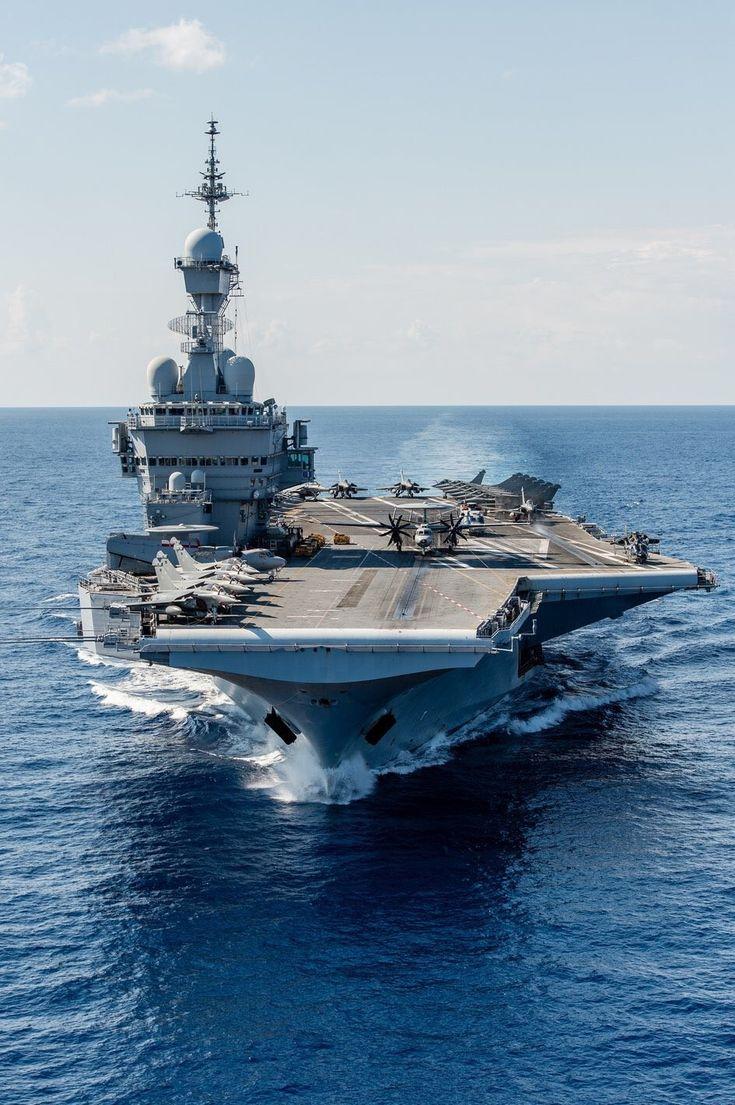In a world where maritime dominance often dictates geopolitical influence, the year 2025 has brought a wave of significant developments in the naval domain. From technological breakthroughs to strategic alliances, navies around the world are redefining their roles to adapt to modern threats and opportunities. For defense analysts, policymakers, and enthusiasts, staying informed about Navy Current Affairs 2025 is more critical than ever. Here are 10 Essential Navy Current Affairs for 2025, as curated by Theveza, that are shaping the future of naval power.
1. AUKUS Naval Technology Integration
The AUKUS pact—between Australia, the UK, and the US—has entered a new phase in 2025. The integration of nuclear-powered submarine capabilities into the Australian Navy is not only transforming its strategic reach but also serving as a model for trilateral defense cooperation. The successful transfer of propulsion technology marks a pivotal moment in Western naval alignment.
2. India’s Expanding Blue Water Navy
India has significantly bolstered its maritime presence in the Indian Ocean Region (IOR). With the commissioning of INS Vishal—its second indigenous aircraft carrier—India is asserting itself as a formidable blue-water navy. This development is seen as a counterbalance to China's naval expansion and has implications for regional security in Asia.
3. China's Maritime Militia Surge
China’s People’s Liberation Army Navy (PLAN) continues to leverage its maritime militia in contested waters. In 2025, reports confirm a sharp increase in militia deployments in the South China Sea, intensifying confrontations with neighboring countries and raising alarms within ASEAN and QUAD alliances.
4. NATO Naval Exercises in the Arctic
Climate change is opening up new maritime routes in the Arctic, prompting NATO to increase its naval operations in the region. The 2025 Operation Cold Shield saw participation from 14 member states, emphasizing the strategic value of Arctic waterways and the need to counter Russia’s growing northern fleet.
5. Autonomous Surface Vessel Deployment
Unmanned naval systems have moved beyond trials. In 2025, both the US and UK navies have started deploying autonomous surface vessels (ASVs) for surveillance, reconnaissance, and mine countermeasure missions. These vessels reduce risk to human life and allow for persistent operations in high-threat zones.
6. Green Navy Initiatives
Sustainability is becoming a central theme in naval logistics. The Japanese Maritime Self-Defense Force has pioneered the use of biofuel-powered destroyers, while the US Navy is testing electric propulsion systems across its support fleet. These green initiatives aim to reduce the carbon footprint of naval operations without compromising performance.
7. Cyber Warfare and Naval Defense
Navies are now major players in the cyber domain. In 2025, NATO released a cybersecurity directive specifically aimed at protecting naval assets. The Russian Navy’s suspected cyber attack on satellite navigation systems in the Baltic Sea highlighted the growing vulnerability and importance of digital warfare preparedness.
8. Expansion of Naval Drone Programs
Drones are no longer limited to the skies. Underwater and surface drones are being used extensively for mine detection and antisubmarine warfare. The Israeli Navy’s deployment of BlueWhale underwater drones in the Eastern Mediterranean has set new standards for undersea surveillance.
9. Global Naval Diplomacy Through Port Calls
2025 has seen a surge in naval diplomacy, with increased international port calls and joint exercises. France’s nuclear-powered Charles de Gaulle carrier group conducted goodwill missions across the Indo-Pacific, reinforcing partnerships and promoting freedom of navigation in contested waters.
10. Strategic Naval Realignments in Africa
Africa is witnessing increased naval engagement, with countries like Ghana, Nigeria, and Kenya modernizing their fleets with the help of Western and Chinese partnerships. The establishment of a new multinational maritime coordination center in the Gulf of Guinea aims to tackle piracy, illegal fishing, and maritime trafficking.
Conclusion
From shifting alliances to cutting-edge technologies, navy current affairs 2025 reflect a world in transition—where naval forces are at the forefront of not only military strategy but also climate adaptation, cybersecurity, and international diplomacy. These 10 essential developments highlight how navies across the globe are innovating, adapting, and maneuvering through both literal and political waters.
As we move forward, tracking these affairs will remain crucial for defense experts, policy thinkers, and global citizens alike. For more in-depth analysis and real-time updates on global defense and navy trends, stay connected with Theveza—your trusted source for maritime intelligence.
